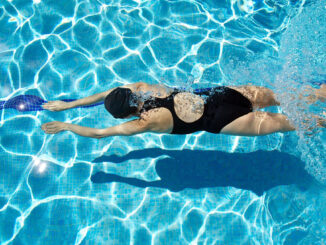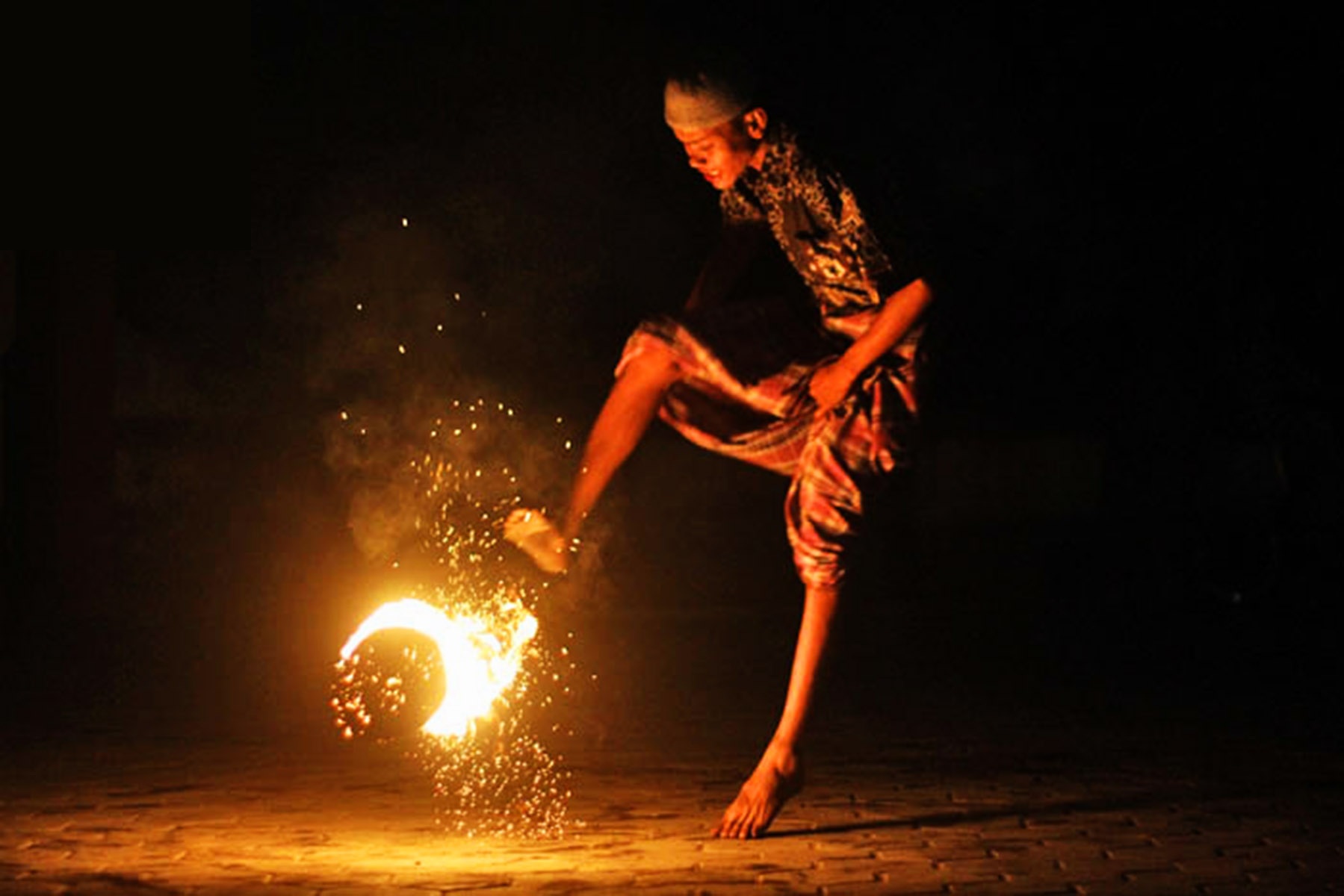
There’s so much about the COVID era that we won’t fully understand for a long, long time. How many people will ultimately suffer or die before we can say we have this virus under control? What long-term effects of this pandemic will we experience? Even the basic question: when will it end?
These questions are no less applicable to the world of sports, both professional and amateur. We don’t know how current restrictions will affect franchises, teams and even universities in the long term. It’s one of the hardest parts of these times. The sheer uncertainty of it all.
But now that we have roughly four months of sports being played to draw on, it’s certainly possible to assess where things stand with the various sports and leagues that we know and love.
Perhaps the most successful sport to be played overall is basketball. Both the NBA and the WNBA used a “bubble” model, in which all teams were quarantined together in one giant facility with no one coming in or out of the bubble. Both were highly successful. The WNBA chose the IMG Academy in Bradenton, Florida as the location of their bubble. They were able to play through their truncated season, which resulted of course in Sue Bird and the Seattle Storm bringing home their fourth (!) championship title.
The NBA is playing the Finals right now, with the Lakers on the verge of bringing home a title of their own, all of which has taken place at the ESPN facility in Orlando.
The bottom line is that both leagues successfully managed to play their games without widespread infections that might have forced them to shut things down again, as happened in the spring.
The bubble model really only works for basketball, with its more limited rosters and staffs. No other major sport has been able to logistically sequester all the teams and players together in a single place.
MLB is in the midst of the playoffs, with the divisional series wrapping up as they move toward the league championship series. For the most part, baseball has not succumbed to widespread infections, with the exceptions being the occasional player here and there. Some teams have had to quarantine temporarily, but at least they haven’t had to cancel more than a game or two.
The NFL is in a similar status. Games are being played and teams are mostly staying healthy, though some games have had to be rescheduled to accommodate the quarantining of infected players and teams.
And though college football doesn’t start on the West Coast for several more weeks, colleges back east have been playing for weeks now. Of all of the sports, college football is most susceptible to shut downs and cancellations. The players are students on college campuses. As has been widely noted, college students are not always social distancing and wearing masks in the ways that the rest of us would expect them to. Higher infection rates reflect this reality.
Again, we are living out a complicated story that we don’t yet know the ending to. It will be a complicated ending, no doubt, with repercussions that we can’t yet fully visualize.
Long-term health complications from COVID infections should be a major concern. The financial viability of institutions is another major concern. Almost all sports are being played with fans in the stands. The lost revenue will be untold billions of dollars, to say nothing of the small businesses that depend on fans for their own revenues. Leagues and teams still have the media contracts to rely on, but that is likely not enough for every entity to make it out of this unscathed.
There are plenty of people who don’t think any sports should be played right now. They feel that the risks are too great, and the rewards too little or nonexistent. Many of these people don’t necessarily like sports to begin with. But when the players themselves—even amateurs—and their families want to play, and the organizations need the revenue, and the fans are yearning for the normalcy of sports, so their eventual return was a foregone conclusion.
Like each of us experience on a daily basis, we have to balance staying safe with trying to continue on with the parts of our lives that can’t just be put on hold. People still need to work. Children still need to learn. And sports still need to be played.




